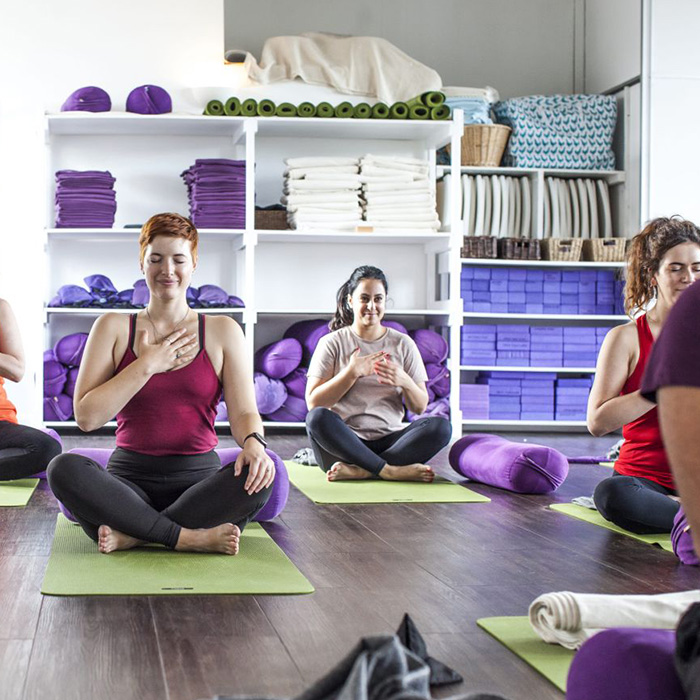Sorry if you are experiencing class booking issues. Whilst our engineers are fixing it please book via the Mindbody app or call us, or send an email.
Sorry if you are experiencing class booking issues. Whilst our engineers are fixing it please book via the Mindbody app or call us, or send an email.
We offer many styles of yoga – each bringing a different emphasis, such as focusing on strict alignment of the body, coordination of breath and movement, holding the postures, or the flow from one posture to another. All of the styles share a common lineage.
No style is better than another; it’s simply a matter of personal preference. More important than any style is the student-teacher relationship. We encourage you to try a few classes and decide which class works best for you.
We have designed classes to meet the needs of everyone – no matter what your experience or ability – helping you to get the most out of every class. No one should feel inhibited from joining any class, however, we do want you to be safe.
We recommend before joining or moving ‘up’ a class, check with our front desk advisors or your teacher to make sure the class is suitable. Please be sure to let your teacher know before class if you have any form of injury or serious illness, or if you are pregnant or have recently had a baby.
Beginners only
Open to all experiences
Intermediate - recommended 6+ months regular practice
A blend of classic postures, deep stretching and calming breathwork to relax the body and de-stress the mind. The pace of the class can be gentle or more dynamic depending on the time of day, or mood of the participants! Classes build endurance, flexibility, stability, and concentration, with a luxurious rest at the end (called Savasana).
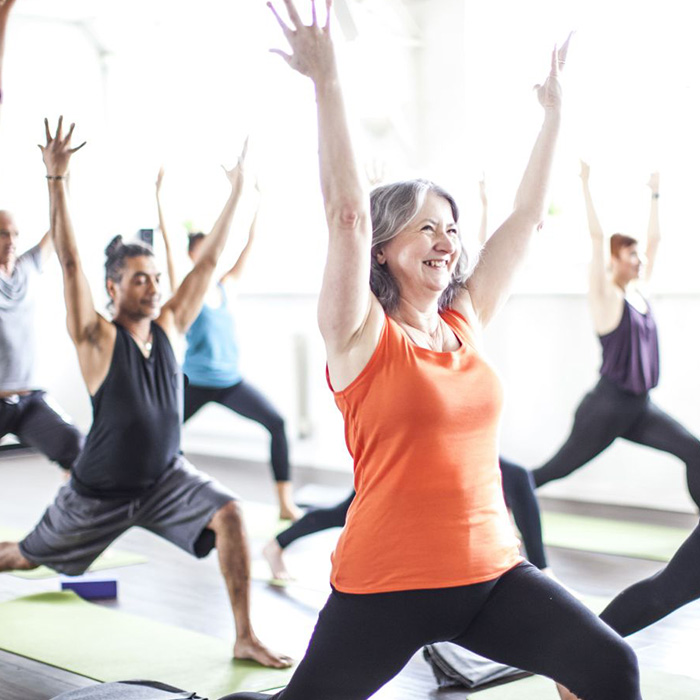
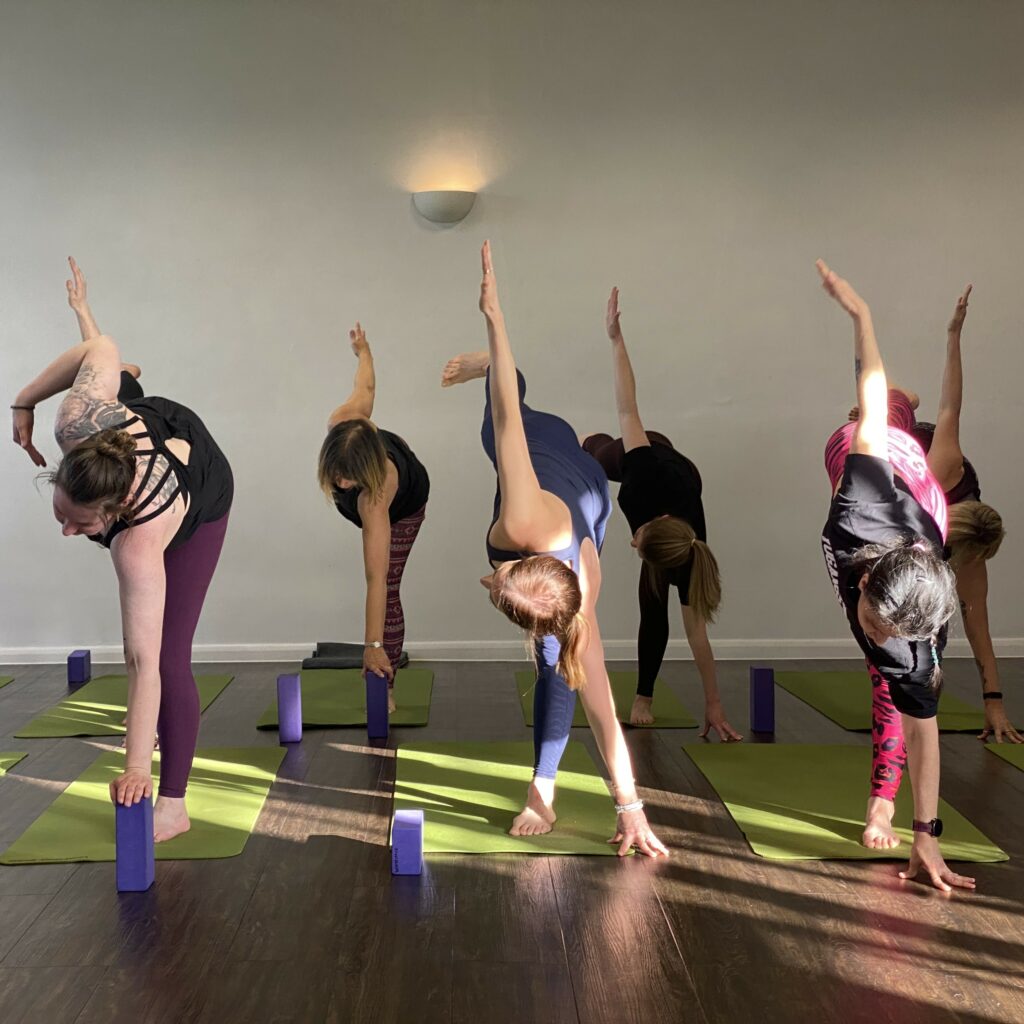
A fluid approach for those with some Yoga experience. The pace of the class can be gentle or more dynamic depending on the time of day, or mood of the participants! Builds strength, endurance, and a strong focus. The classroom is not heated, but the physical practice will naturally build heat in the body.
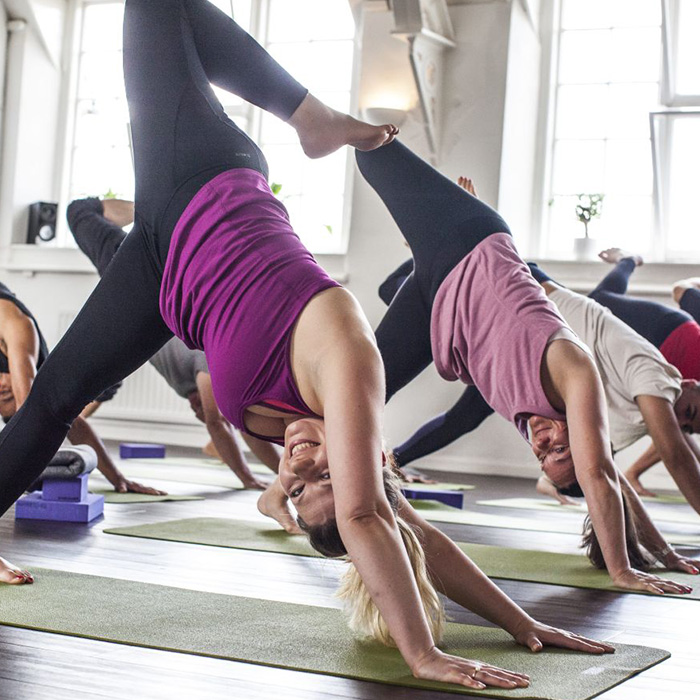
The most athletic and physically demanding form of yoga, involving a series of set postures practised in sequence (vinyasa). A great practice if you are looking to challenge your stamina, strength and flexibility. A certain level of fitness is required to start Ashtanga.
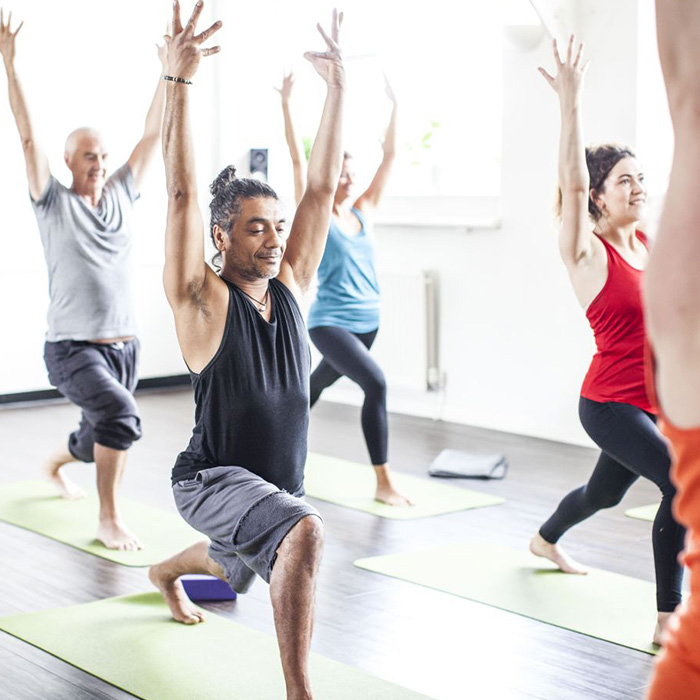
Rocket yoga is a playful and fun flowing practice, which builds strength, mobility and a strong connection to the breath. Although fast-paced and dynamic, it is creative and allows space for yogis to modify poses and work with their own variations, as well as opportunities to play with arm balancing and inversions.
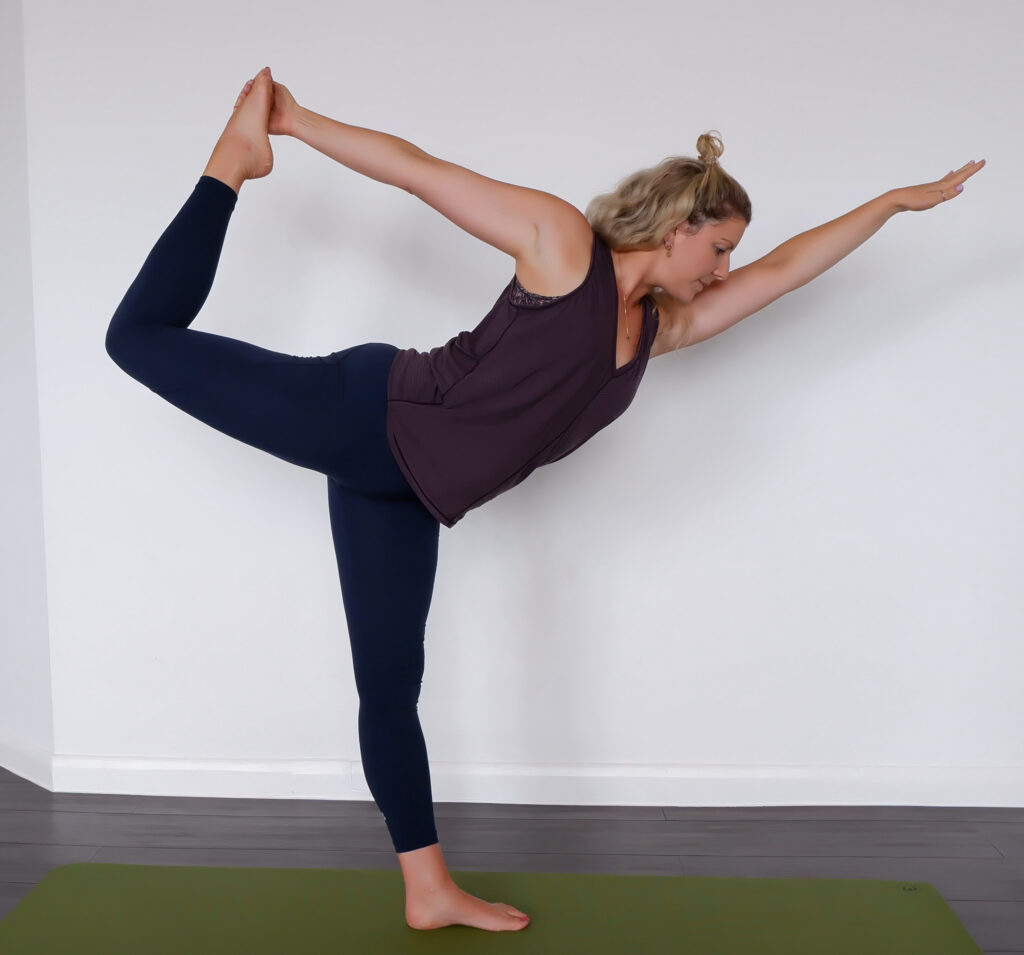
Focuses on the connective tissue that surrounds the joints and increases its elasticity. The elasticity of our connective tissue diminishes with physical activity and aging, which makes Yin essential for injury prevention and joint health. Since a Yin Yoga practice often includes several long, seated forward bending postures, it also restores energy and calms the nervous system.
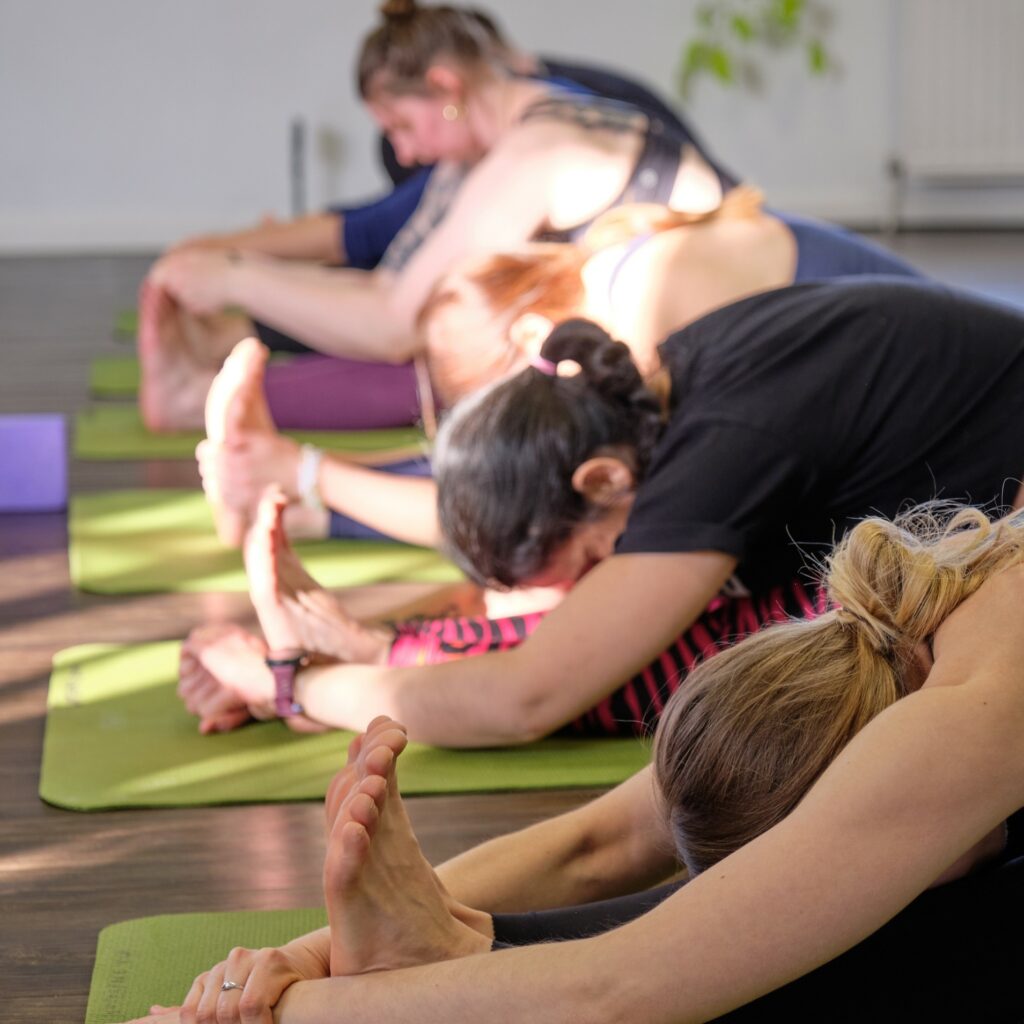
Poses are supported, passive and held a long period to invoke during deep relaxation, which is very healing to the nervous system (including the brain) and organ systems of the body. Benefits include lowered blood pressure, improved immune function, digestion, fertility and elimination.

Pilates is a physical fitness system developed by Joseph Pilates in the early 20th century, designed to improve flexibility, strength, posture, and overall body awareness. The method focuses on controlled movements and breath, emphasizing core strength and stability. The practice aims to enhance posture, alignment, and muscular balance while reducing the risk of injury. Pilates is suitable for individuals of different fitness levels and is often used for rehabilitation, athletic training, and general fitness, making it a popular choice for those seeking a low-impact form of exercise that improves both physical performance and bodily awareness.
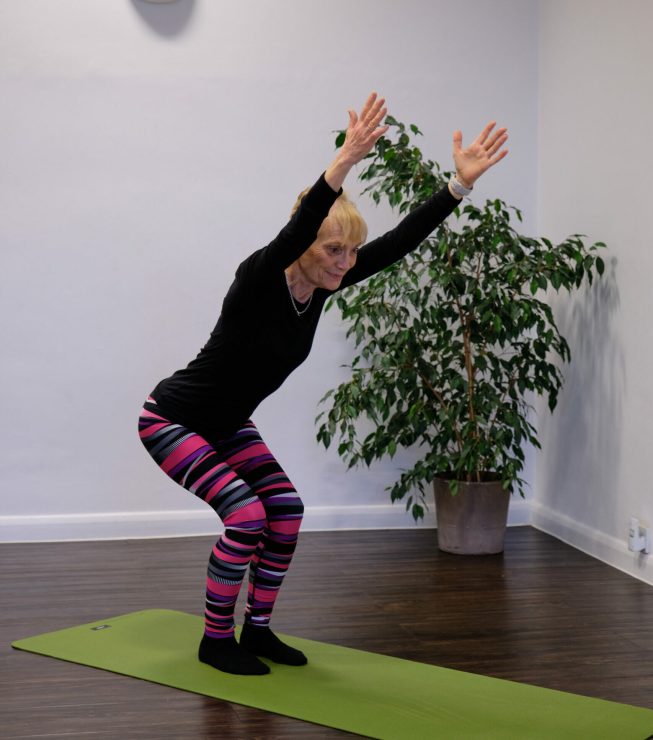
Pregnancy yoga is suitable for both beginners and experienced practitioners – helping women enjoy their pregnancy with minimal discomfort, cultivate breath awareness and strengthen the body in preparation for labour. If you are new to yoga, you are welcome to start from the 14th week of pregnancy. If you are a yoga student with regular practice you may start pregnancy yoga at any time.
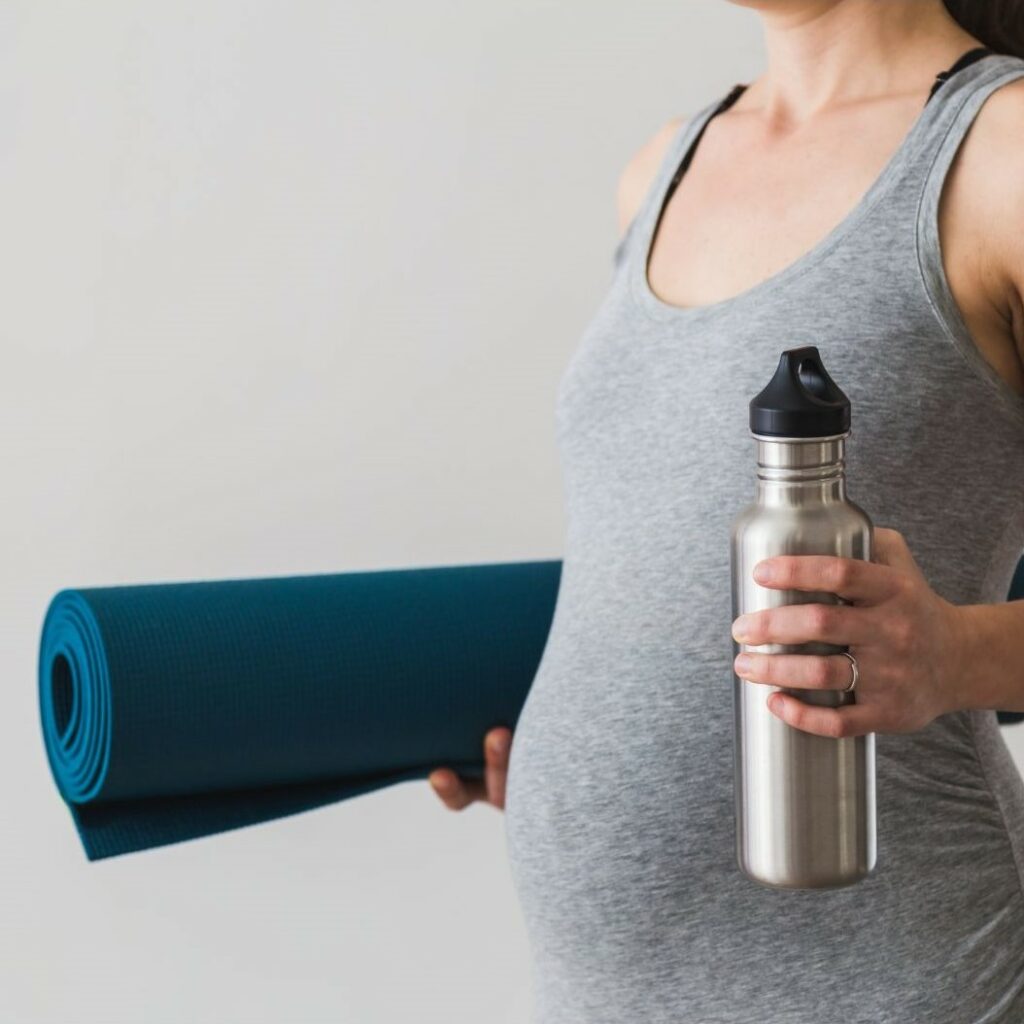
Suitable from six weeks postpartum (once you’ve had your postnatal check-up and your Doctor has confirmed it is suitable for you to exercise), this practice targets all the key concerns that may affect you during early motherhood – from upper body tension through to lower backache discomfort, achey hips and instability. As well as this the class will emphasise the importance of slowing down, looking inwards and focus on the breath to aid feelings or stress, overwhelm and anxiety.
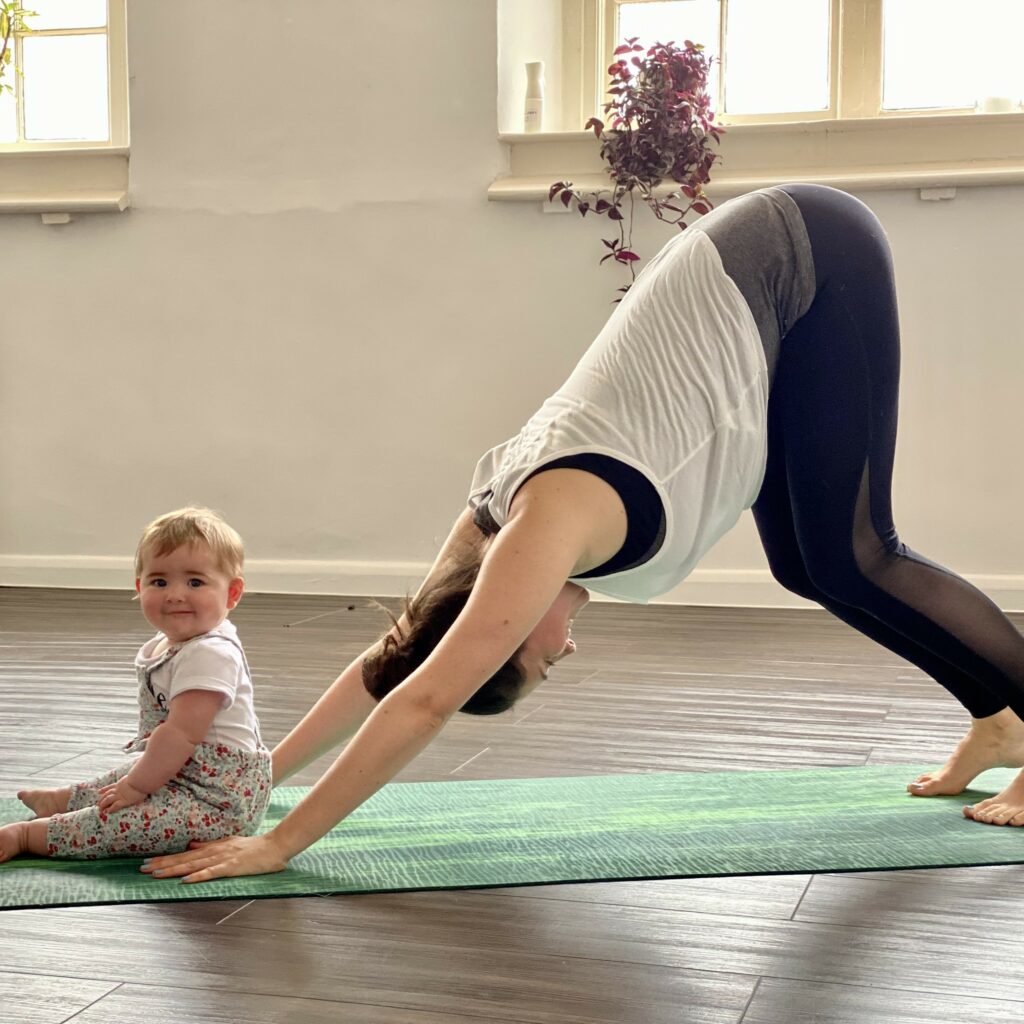
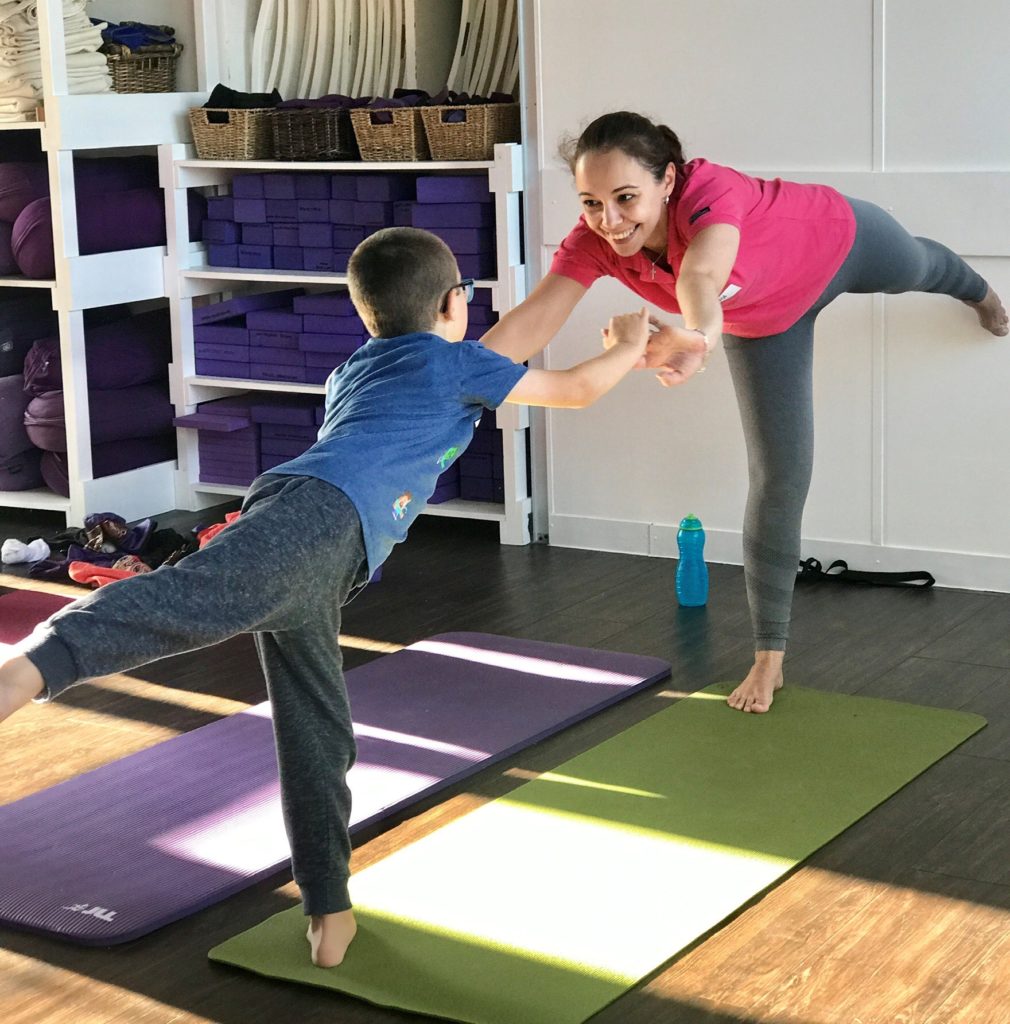
This class is specifically designed to support the physical and mental health and well-being of young people through yoga. Classes are suitable for all levels of fitness, including beginners for ages 13-18.
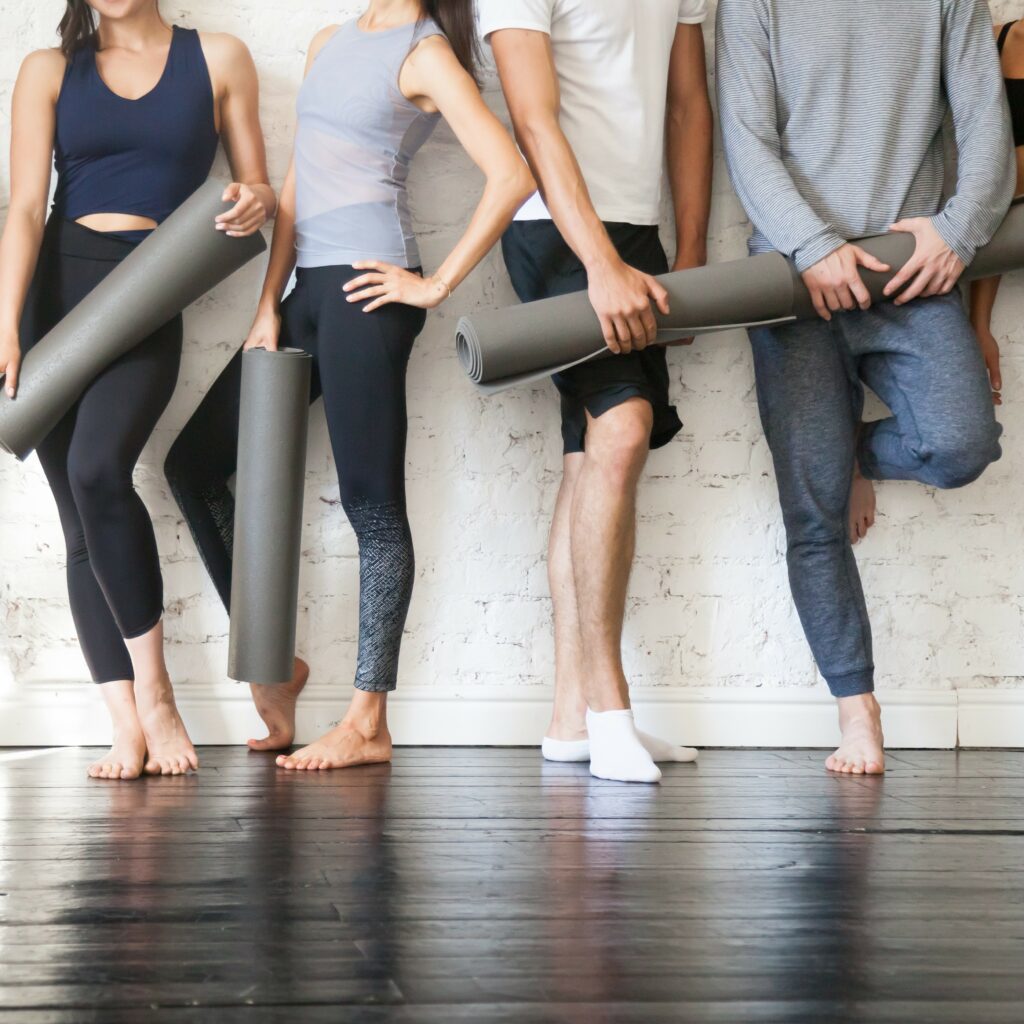
Poses are supported, passive and held a long period to invoke during deep relaxation, which is very healing to the nervous system (including the brain) and organ systems of the body. Benefits include lowered blood pressure, improved immune function, digestion, fertility and elimination.

Focuses on the connective tissue that surrounds the joints and increases its elasticity. The elasticity of our connective tissue diminishes with physical activity and aging, which makes Yin essential for injury prevention and joint health. Since a Yin Yoga practice often includes several long, seated forward bending postures, it also restores energy and calms the nervous system.

Yoga Nidra is a deeply nourishing class which effectively supports the body’s natural healing process. The practice is integrative, in that it can help with anyone experiencing difficulties sleeping and resting, as well as help improve clarity and creativity. This work has also been used effectively to help with trauma and various unresolved issues still present in our bodies and minds.

Mindfulness meditation is a mental training practice that teaches you to slow down racing thoughts, let go of negativity, and calm both your mind and body. … Techniques can vary, but in general, mindfulness meditation involves deep breathing and awareness of body and mind.
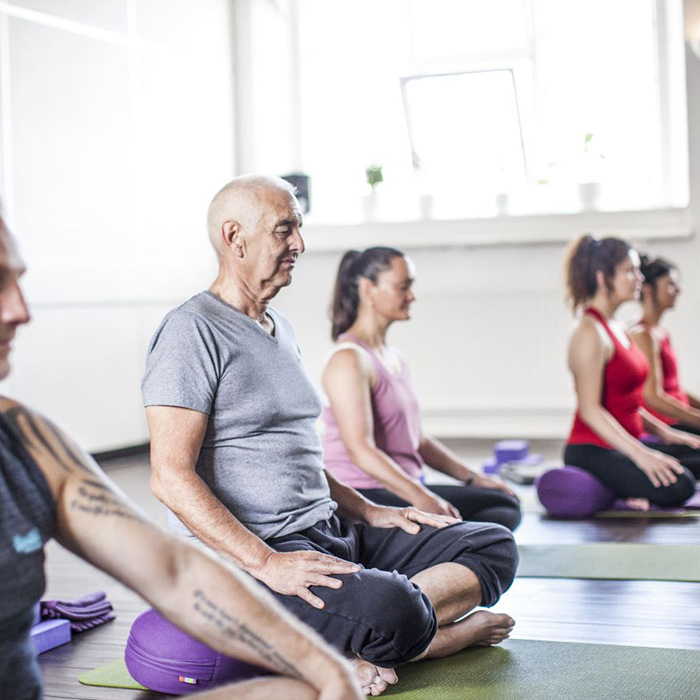
Meditation is a skill where we learn how to gradually refine our mental focus to generate both greater mental calm and greater clarity. It is a time to sit quietly and to move our awareness inwards, away from the bombardment of external stimulation which can often feel overwhelming. Enlightening and empowering, meditation equips us to handle stress and frustration with greater calm, ease and optimism.
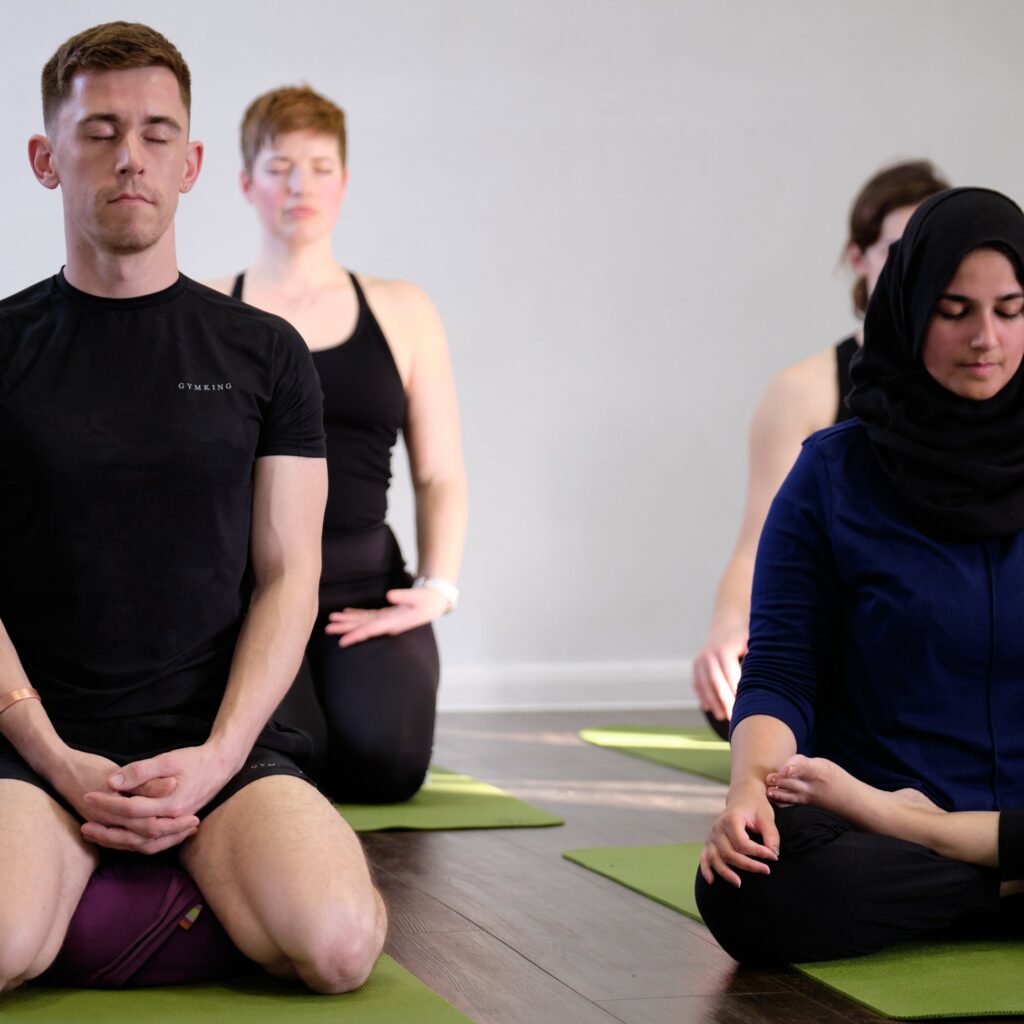
Pranayama is the practice of breath regulation. It’s a main component of yoga, an exercise for physical and mental wellness. In Sanskrit, “prana” means life energy and “yama” means control. The practice of pranayama involves breathing exercises and patterns. You purposely inhale, exhale, and hold your breath in a specific sequence.
